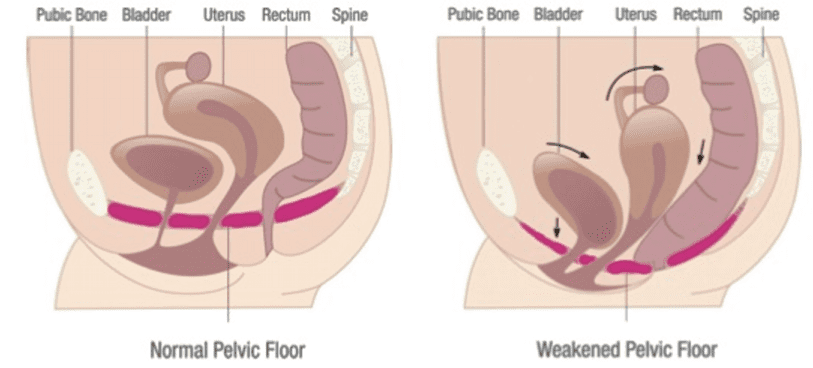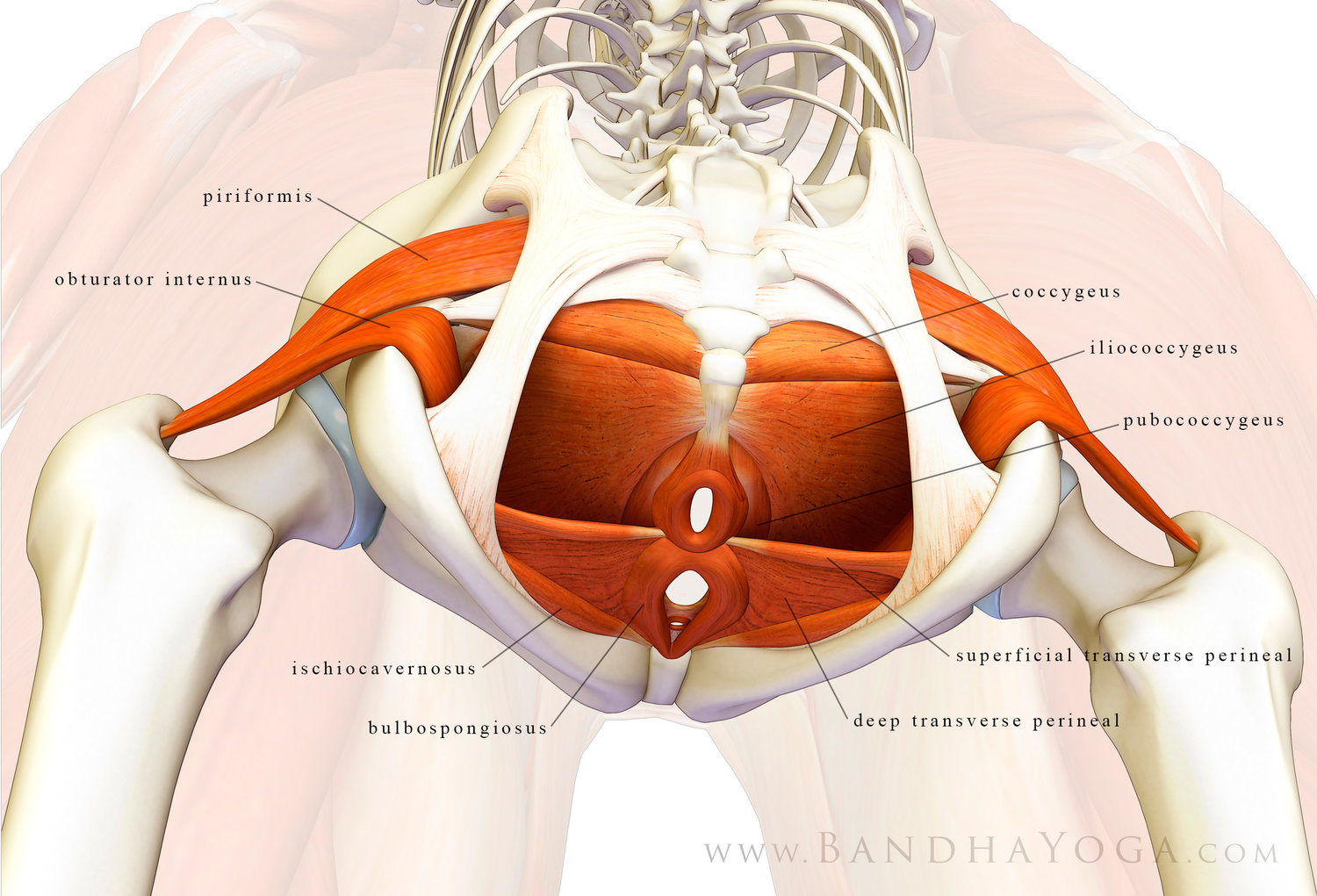Causes Of Non Relaxing Pelvic Floor Dysfunction

The following causes may lead to pelvic floor dysfunction.
Causes of non relaxing pelvic floor dysfunction. Possible causes of pelvic floor spasm include. Surgery of the pelvis region. What leads to pelvic floor dysfunction. The full causes of pelvic floor dysfunction are still unknown.
Traumatic injuries to the pelvic area like a car accident. Unlike in pelvic floor disorders caused by relaxed muscles eg pelvic organ prolapse or urinary incontinence both of which often are identified readily women affected by nonrelaxing pelvic floor dysfunction may present with a broad range of nonspecific symptoms. In many cases the cause of the dysfunction is unknown. Because pelvic floor dysfunction can be associated with psychological sexual or physical abuse and other life stressors psychological counseling is often included in the evaluation process.
Overloading the pelvic floor muscles with too much pelvic floor exercise and insufficient relaxation. Women who regularly perform pelvic floor exercises or kegel exercises need to take the time to relax their pelvic floor muscles too. Stress is a big factor in a lot of the diseases that affect the body and it can wreak havoc on muscles including those of the pelvis young said that while medication or surgery is sometimes. Unlike in pelvic floor disorders caused by relaxed muscles eg pelvic organ prolapse or urinary incontinence both of which often are identified readily women affected by nonrelaxing pelvic floor dysfunction may present with a broad range of nonspecific symptoms.
What causes pelvic floor dysfunction. A severe injury in the pelvis. While exact causes are still being researched doctors can link pelvic floor dysfunction to conditions or events that weaken the pelvic muscles or tear connective tissue. But a few of the known factors include.
What causes pelvic floor muscle spasm. Overusing the pelvic muscles like going to the bathroom too often or pushing too hard eventually leading to poor muscle coordination. Mayo clinic s experience using a multidisciplinary approach to treating pfd has yielded positive patient outcomes. Nonrelaxing pelvic floor dysfunction is not widely recognized.
Many people with pelvic pain have pelvic floor dysfunction but specifically hypertonic muscles or muscles that are too tight. Nonrelaxing pelvic floor dysfunction is not widely recognized.


















